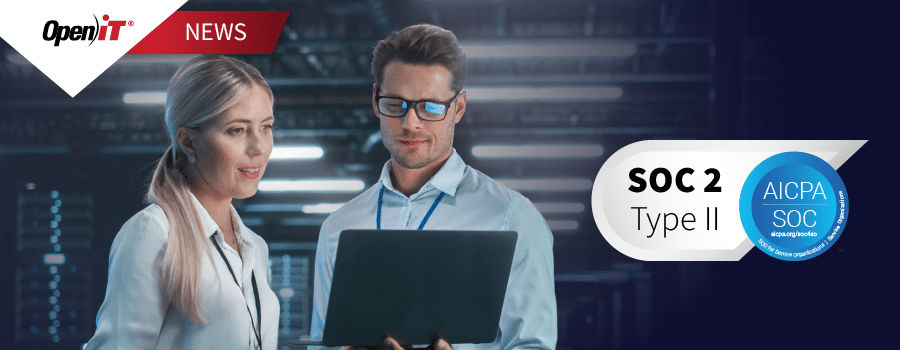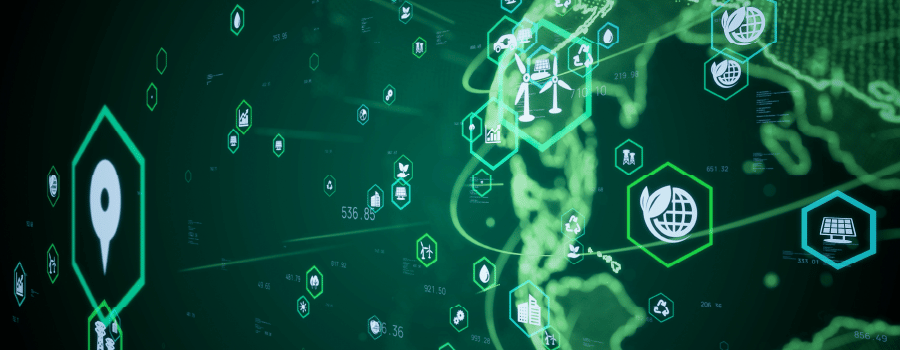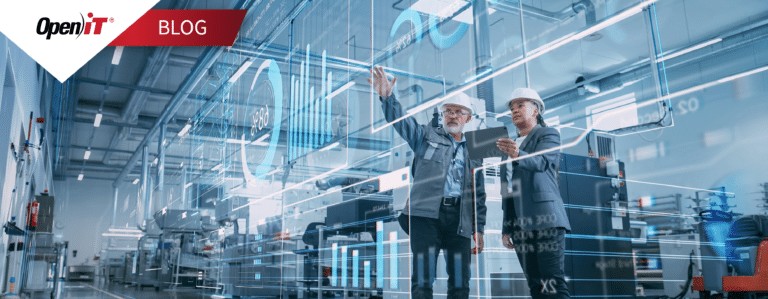Despite dealing with the digital space, technology has a visible impact on the physical world.
Mining materials used to build modern devices—zinc, iron, aluminum—already lead to deforestation and water pollution.
Electronic disposal has also worsened, with global e-waste forecasted to grow to over 74 million metric tons (Mt) by 2030.
The need for businesses to adopt environmentally responsible practices has gained momentum. Likewise, IT leaders are trying to bring green technologies and eco-friendlier strategies to their organizations.
This is where sustainable IT comes into play.
It aims to minimize negative environmental impact and maximize energy efficiency without disrupting a company’s productivity.
What is Sustainable IT?
Sustainable IT or green IT is about using, manufacturing, managing, and disposing of information technology in an eco-friendly way.
The Association for Progressive Communication (APC) extends this practice to include resources, networks, storage, and device care.
IT industry experts adopting sustainable practices may decide to use more energy-efficient hardware, redesign data centers to be more economical, and leverage cloud computing.
4 Benefits of Sustainable IT
Despite sustainable IT calling for reduction in certain business processes, companies that adopt greener solutions can enjoy many gains.
1. Saves energy expenses
The most significant benefit of sustainable IT is reducing your company’s energy expenses. For instance, a simple switch to using low-power mode on your equipment can reduce your company’s energy consumption by 23%.
If small businesses’ average annual electricity bill is a little over $8,300, shifting to a low-power mode can save around $1,900.
You can funnel the money you save from electricity bills to fund other business efforts.
2. Reduces negative environmental impact
Technological devices use toxic substances, such as mercury, chlorofluorocarbons (CFCs), and brominated flame retardants (BFRs). These devices are disposed of and may end up in landfills, where the substances create a toxic environment.
With more than 53.6 million Mt of e-waste generated in 2019, adopting sustainable IT strategies can lessen the number of devices ending up in landfills and of humans or animals exposed to such toxic substances.
3. Attracts and retains more customers
Besides benefiting the environment, moving to green IT can help increase your brand reputation and marketability. As consumers become more environmentally conscious, businesses must begin to adapt to their evolving needs—failing to respond to the growing demand for sustainability risk extinction in the coming years.
4. Takes advantage of cloud computing capabilities
A component of sustainable IT is leveraging cloud computing. Relying on physical servers can consume more energy than necessary.
Cloud data centers are designed to be energy efficient.
Moving to a public cloud can help reduce CO2 emissions by 59 million tons per year, equivalent to taking 22 million cars off the road.
Strategies to Make Your IT More Sustainable
Now that you understand how beneficial green IT can be for your business, consider the sustainable IT strategies below and how to implement them.
1. Equipment recycling
Just because your device is a few years old doesn’t mean it’s time to retire it. But that’s exactly how most companies operate. According to Circular Computing, more than 160,000 “old” laptops are disposed of in the EU.
Instead of disposing of old laptops, consider bringing them to recycling centers to avoid contributing to the growing e-waste piles.
2. Prolong battery life
One way to keep from disposing of devices too soon is to take better care of their batteries. While you can’t completely stop battery degradation, you can slow it down.
Slow down battery degradation by minimizing the device’s exposure to high temperatures, keeping it at 100% charged for long periods, and avoiding fast charging unless needed. Every year the battery survives is another year you save on spending on new technologies.
3. Cloud migration
There are a few areas you need to cover for successful cloud migration.
- Accessibility – It should improve the user experience for customers and employees.
- Scalability – It must be adaptable and ready to scale up or down at any time.
- Security – The data should be well-protected, backed up, and easily recoverable should they become compromised.
- Cost – efficiency – The cloud migration should be within your short- or long-term budget.
- Compliance – It must not break any cyber laws and adhere to public regulations.
Consider also running cloud cost optimizations (CCO) to reduce waste clutters in your cloud usage.
4. Implementation of ITAM
IT asset management (ITAM) is essentially about organizing and tracking the different IT tools you use in your business.
It gives you a better grasp of your IT infrastructure and helps maximize the technology you spend on. As it involves tracking your IT inventory, it will be easier to see if you have the latest software version or if your hardware specifications are up to par.
Consequently, you can implement a more sustainable approach to IT asset use, by optimizing consumption within the workplace and making responsible decisions on asset sourcing and disposal.
Through ITAM, you can also better ascertain the relevance or quality of the data gathered by your IT systems. As you put these insights together, you can get a clear picture of how well your IT environment is built or how to design it better to support your business’s key activities.
Furthermore, this abundance of key data can be leveraged for better decision-making and to assist with purchasing.
For instance, your organization can make smarter decisions when choosing sustainable partners and suppliers, be smarter around asset usage throughout their lifecycle, and make smarter choices regarding an asset’s end of life.
There are several assets under ITAM, including your hardware, software, digital, mobile, and cloud. Using the right IT asset management software or working with IT experts will help ensure a successful implementation of ITAM.
5. Reduce your energy consumption
You may be paying for more electricity than you need.
Consider using low-power mode often or putting your computers to sleep since it uses less power than if idle.
Most modern operating systems also have power-saving features that automatically power down monitors and hard disks when not in use.
Additionally, consider using virtualization to run multiple virtual machines on single servers. This helps maximize inactive or underutilized servers you may have at your premises. A virtual infrastructure can reduce energy costs by approximately 80%.
Improve Your Business’ Sustainability with Green IT
The traditional way of using IT is quickly becoming obsolete. The global demand for action against climate change puts pressure on businesses to adopt more sustainable internal solutions.
Because of this, it’s clear that “going green” is more than a mere business trend across industries.
It also trickles down to your IT department.
When sustainable IT strategies are implemented correctly, eco-friendly tactics can boost your business’s reputation and lead to more efficient operations and cost savings.
Properly managing your software licenses is essential to shifting to sustainable IT. To ensure a smooth transition to green IT, schedule a demo with Open IT software to learn how our services can benefit your business.






